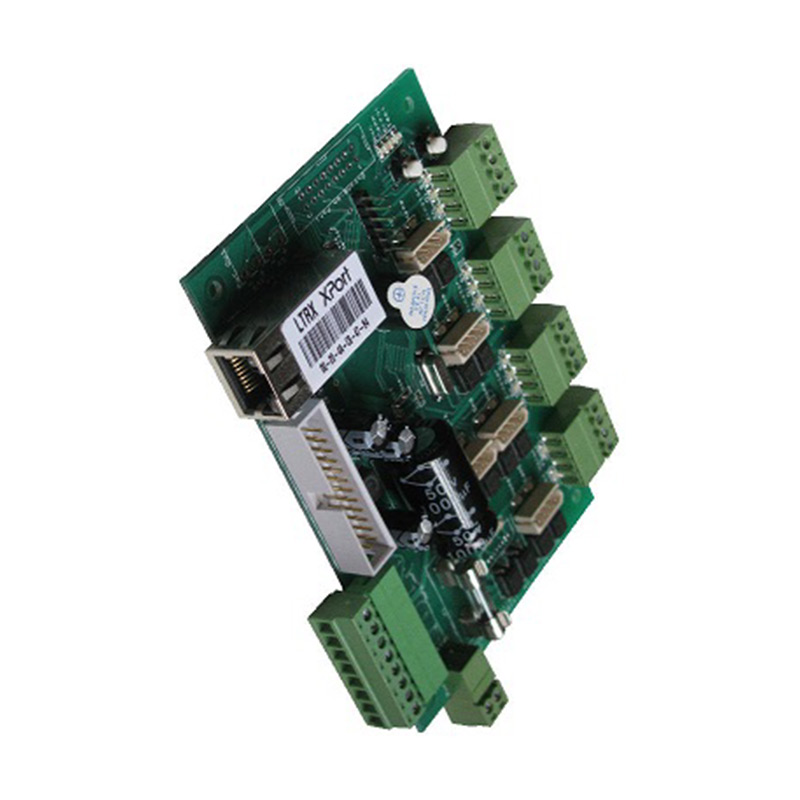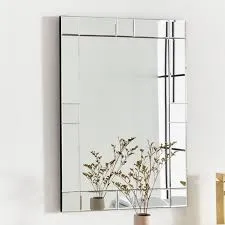Float glass, a fundamental component in numerous architectural and automotive applications, continues to evolve with technological advancements and varied demands. Understanding the different types of float glass empowers industry professionals and enthusiasts with knowledge that can influence both design and functionality.

Clear Float Glass remains the most ubiquitous form, characterized by its transparency and minimal color variability. Known for its versatility, clear float glass serves as the foundational product in the manufacture of other specialized glass types. Its production involves the careful passage of molten glass over a pool of molten tin to ensure an even and smooth surface devoid of distortions. Implementations range from residential windows to the starting point for tinted or coated glass products.
Tinted Float Glass introduces color during the manufacturing process. The addition of metal oxides gives the glass its unique hues— ranging from bronze and gray to green and blue. Apart from its aesthetic contributions, tinted float glass offers reduced solar heat gain and UV radiation filtering properties, making it a popular choice for energy-efficient buildings and structures focused on reducing glare.

Tempered Float Glass, or toughened glass, undergoes a specialized heat treatment that increases its strength compared to standard float glass. This makes it an essential choice in environments where human safety is paramount, such as in shower doors, glass facades, and vehicle windows. In the event of breaking, it crumbles into small, less harmful pieces instead of shattering into sharp shards.
types of float glass
Laminated Float Glass is celebrated for its safety features and acoustic insulation properties. By sandwiching a layer of polyvinyl butyral (PVB) between two or more layers of float glass, it holds together when shattered, ensuring greater safety and minimal risk of injury. This characteristic also doubles as an effective deterrent against forced entry, positioning laminated glass as the standard for automotive windshields and overhead glazing.
Low-E (Low Emissivity) Float Glass incorporates a special coating that reflects infrared energy while allowing visible light to pass through. This reduces the amount of heat transfer through the glass, leading to enhanced thermal efficiency and reduced energy costs. As sustainability becomes ever more paramount, Low-E float glass is increasingly sought after in residential and commercial buildings aiming to improve energy performance without sacrificing natural light.
Patterned Float Glass serves both functional and decorative purposes. The process involves embossing patterns onto one surface of the glass during production. Often found in interior design applications, bathrooms, partitions, and doors, patterned glass provides privacy while allowing light transmission, creating visually striking elements that enhance architectural aesthetics.
Each type of float glass brings its unique benefits, catering to diverse needs while contributing to the efficiency, safety, and beauty of modern structures. Whether you're an architect, builder, or home renovation enthusiast, understanding these nuances aids in making informed decisions that align with project goals and environmental considerations. By choosing the right type of float glass, one not only enhances the functionality and appearance of a space but also underscores a commitment to sustainability and innovation in the built environment.



